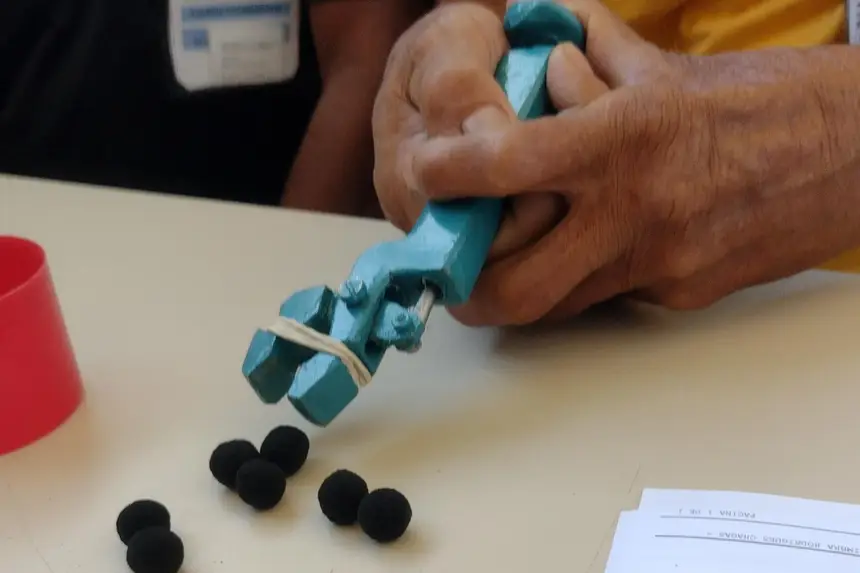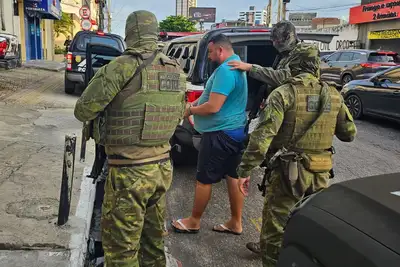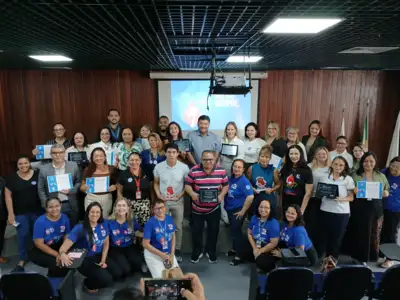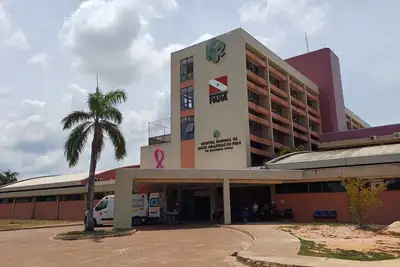Occupational Therapy at Hospital Galileu Rebuilds Lives After Orthopedic Trauma
Intervention goes beyond the physical and promotes autonomy, self-esteem, and quality of life for patients in the rehabilitation process
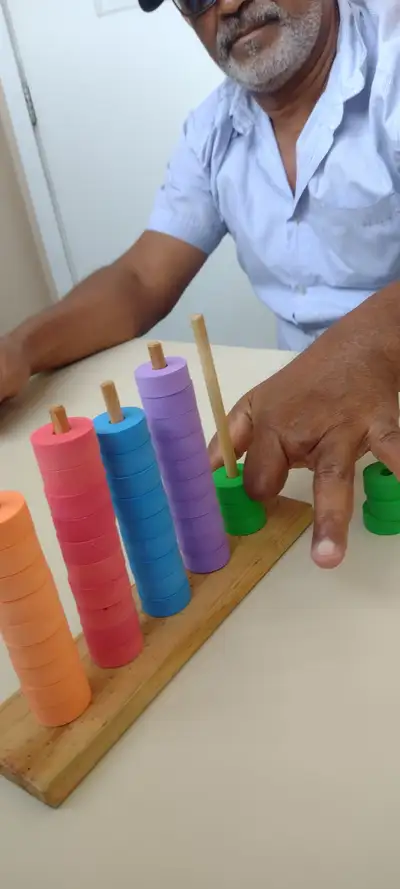
At the Galileu State Public Hospital (HPEG), in Greater Belém, the rehabilitation process for patients with orthopedic trauma is conducted by a qualified multidisciplinary team. Among the professionals on the front lines of this reconstruction is the occupational therapist. More than just recovering motor functions, the professional also works in the emotional field, restoring the autonomy and sense of identity of the patients.
Lorena Cordeiro is the occupational therapist at the hospital and emphasizes that the role of Occupational Therapy is essential for patients to return to performing simple daily activities, often interrupted by severe trauma, such as accidents or complex orthopedic surgeries.
"We work on everything from muscle strengthening, mobility, and coordination to adapting tasks and environments. Our focus is always on the patient's autonomy and quality of life," explains Lorena.
Caring for the Body and Mind
The therapeutic approach goes beyond physical recovery. Many patients face emotional barriers during the rehabilitation process, such as fear of not regaining their abilities, frustrations with physical limitations, and insecurities about the future.
"Occupational Therapy offers psychosocial support. We help the patient to reframe their capabilities, to understand that it is still possible to live with independence and dignity, even with adaptations," says the therapist.
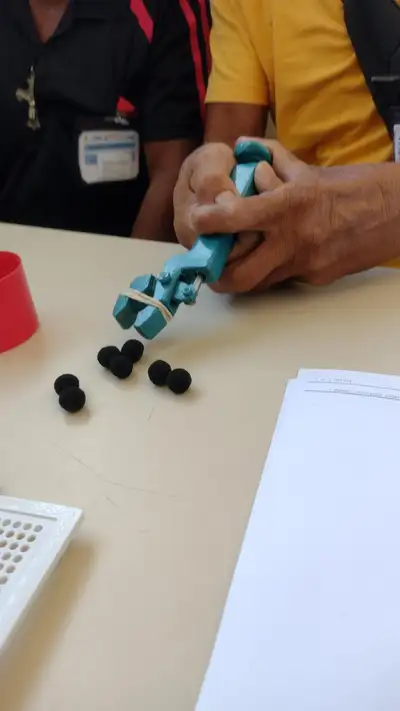
Transformative Activities
During the sessions, Lorena Cordeiro explains that patients engage in a variety of activities aimed at functional rehabilitation. The exercises include training for activities of daily living (ADLs), such as bathing, dressing, holding utensils, or using the bathroom safely. Fine motor skills, muscle strength, and mobility are also worked on with the aid of therapeutic resources and simulations of daily life.
These practices prepare the patient to resume their routine with more security and less dependence.
Autonomy
A large part of the occupational therapist's work also involves guiding the family and the patient in adapting the home environment to make it more accessible and safe.
"We suggest simple modifications that make a big difference, such as installing grab bars in the bathroom, raising seats, or reorganizing frequently used items in accessible locations," highlights Lorena Cordeiro.
These changes ensure that the patient can perform tasks with more independence and reduce risks, such as falls and domestic accidents.
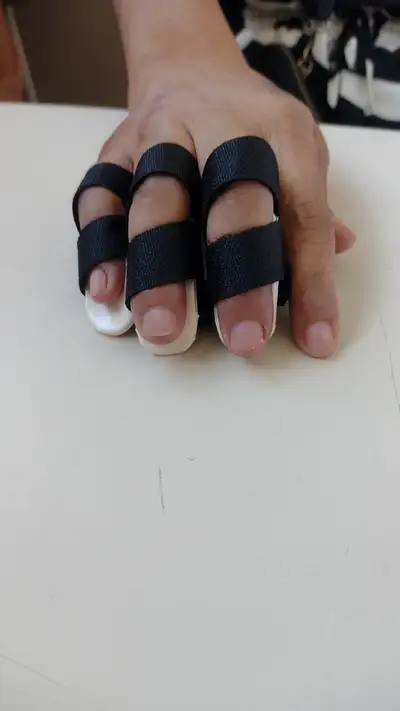
Results
At 61 years old, Wanda Tomasso Silva is an example of the positive impact of occupational therapy. After being transferred from an emergency hospital to Galileu, she underwent orthopedic procedures, including joint capsule release, removal of Kirschner wires, and regular occupational therapy sessions.
"The sessions are very good. I feel better. When I miss a session, I feel the difference. Today I can already hold a fork, put on an earring, and hold objects that I couldn't before," she reports, emotionally.
Wanda's progress, the therapist observes, is a reflection of continuous and personalized care that respects her limits and values each achievement.
Care
Occupational Therapy at HPEG is developed in conjunction with doctors, physiotherapists, psychologists, nurses, speech therapists, and social workers. This interdisciplinary approach allows for a broader view of the patient and ensures that all aspects of their recovery—physical, emotional, and social—are addressed.
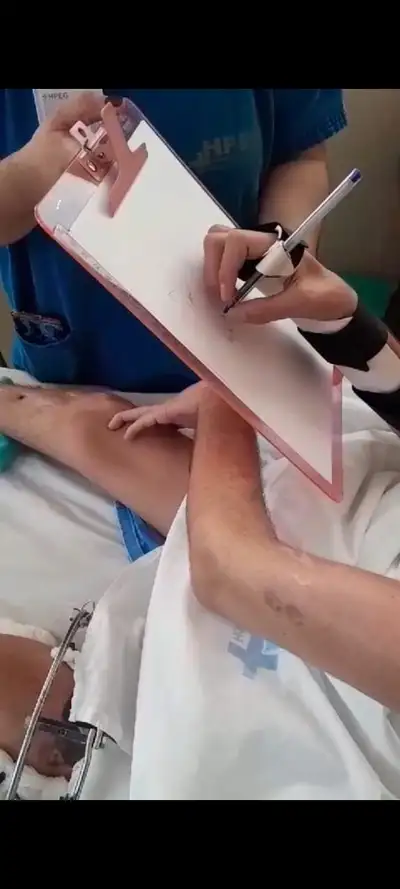
"Each professional contributes their expertise to an integrated rehabilitation plan. The focus is always on the patient as a whole," reinforces Lorena Cordeiro.
She emphasizes the importance of OT in the recovery process after orthopedic trauma: "Rehabilitation is a process of overcoming. It's one step at a time, and every achievement matters. Believe in your ability to reinvent yourself. You are not alone—we are here to walk by your side, strengthening every part of this reconstruction," concluded the professional.
The Galileu Hospital, managed by the Institute of Social and Environmental Health of the Amazon (ISSAA) in partnership with the State Secretary of Public Health (Sespa), has 104 inpatient beds and maintains services for bone reconstruction and elongation, trachea surgeries, and urological surgeries, such as benign prostatic hyperplasia, renal exclusion, and prostate biopsy screening.


